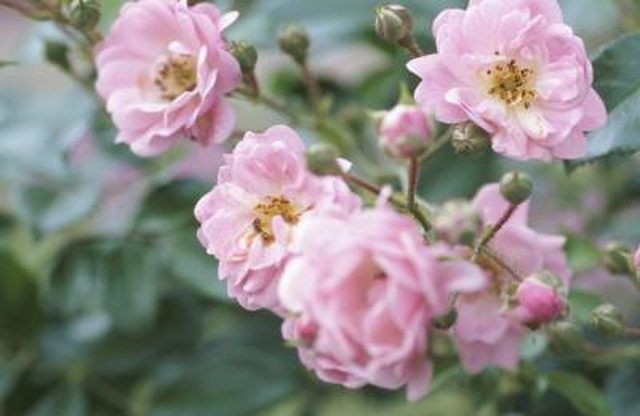Bulbs
Flower Basics
Flower Beds & Specialty Gardens
Flower Garden
Garden Furniture
Garden Gnomes
Garden Seeds
Garden Sheds
Garden Statues
Garden Tools & Supplies
Gardening Basics
Green & Organic
Groundcovers & Vines
Growing Annuals
Growing Basil
Growing Beans
Growing Berries
Growing Blueberries
Growing Cactus
Growing Corn
Growing Cotton
Growing Edibles
Growing Flowers
Growing Garlic
Growing Grapes
Growing Grass
Growing Herbs
Growing Jasmine
Growing Mint
Growing Mushrooms
Orchids
Growing Peanuts
Growing Perennials
Growing Plants
Growing Rosemary
Growing Roses
Growing Strawberries
Growing Sunflowers
Growing Thyme
Growing Tomatoes
Growing Tulips
Growing Vegetables
Herb Basics
Herb Garden
Indoor Growing
Landscaping Basics
Landscaping Patios
Landscaping Plants
Landscaping Shrubs
Landscaping Trees
Landscaping Walks & Pathways
Lawn Basics
Lawn Maintenance
Lawn Mowers
Lawn Ornaments
Lawn Planting
Lawn Tools
Outdoor Growing
Overall Landscape Planning
Pests, Weeds & Problems
Plant Basics
Rock Garden
Rose Garden
Shrubs
Soil
Specialty Gardens
Trees
Vegetable Garden
Yard Maintenance
How to Prune Overgrown Roses
How to Prune Overgrown Roses. Roses should be pruned each year to keep the plant healthy and promote the fullest and best blooms. If your rose bush has been neglected, it may not be too late to return it to a healthy status. Once you have cut out all of the old, dead or diseased canes, the plant gains increased air flow and you gain a healthy bush...

Roses should be pruned each year to keep the plant healthy and promote the fullest and best blooms. If your rose bush has been neglected, it may not be too late to return it to a healthy status. Once you have cut out all of the old, dead or diseased canes, the plant gains increased air flow and you gain a healthy bush with blooms to enjoy throughout the growing season.
Things You'll Need
Long-sleeved shirt
Heavy gloves
Bypass pruning shears
Bypass lopper
Hydrogen peroxide
Wood glue
Rose plant food
Preparation
Put on a long-sleeved shirt to protect your arms from the thorns on the plant.
Wear thorn-resistant gloves. Leather or coated gloves are good choices.
Dip the blades of your pruning equipment into hydrogen peroxide to disinfect the blades before beginning.
Procedures
Cut an area out of the side of the bush with hand pruners to allow access to the center of the plant.
Reach into the center of the plant to cut out dead or dried-out canes.
Cut out all dead canes at the base of the plant. Use the loppers for the thicker canes and the hand pruners for the smaller canes.
Select one-third of the remaining strong canes to stay on the plant. The canes should be about the diameter of a pencil. Remove the rest of the canes using the hand pruners.
Cut the remaining canes down by one-half to two-thirds of the plant. Cut the stems about 1/4 inch above an outward facing leaf bud at a 45-degree angle. The cut should slant away from the bud. Apply wood glue to the cut stems to seal them and prevent wood borers from getting inside the stems.
Trim all leaves from the remaining stems. Dig down to the root to remove any suckers. Tear them off where they originate to prevent additional suckers from growing.
Clean up any leaves that drop to the ground around the base of the plant to prevent the spread of fungal disease that may be present in the leaves. Apply rose plant food around the base of the plant.
Tips & Warnings
The best time of year to prune most roses is in late winter or early spring when there is no longer a threat of hard freezes.